How to Avoid Rolling in Following Seas
Logic dictates that when boats are heading into waves or running downwind, they will pitch as they meet the oncoming waves, or the waves come up behind. The same logic says that when the waves are on the beam the boat will roll. That seems all logical as the hull of the boat tries to adapt to the changing shapes of the waves it encounters. But then why do boats roll rather than pitch when you are running in following seas?
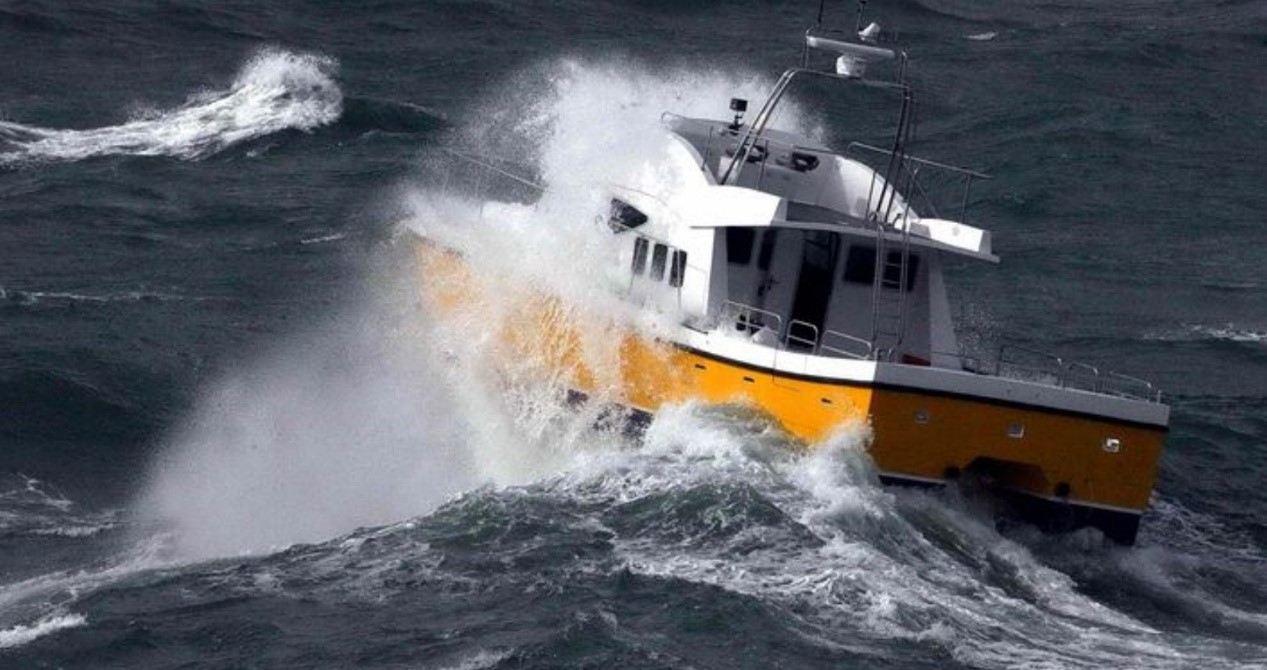
Degrees of Rolling
It is a common phenomenon, and you probably just take for granted that this is how the boat behaves, just part of the mystery of the way that boats perform at sea. It is much more noticeable in a slower displacement boat where the waves are overtaking the boat relatively rapidly. In rougher seas when the waves are traveling faster, you can experience this rolling in semi-displacement hulls.
If you are in a faster planing boat, you can still experience this rolling although it is likely to be less noticeable. But the question is, why is the boat rolling in the first place? Stop and think about this phenomenon a bit more. The waves are coming from astern. If you are in a slower displacement boat, they are almost certainly overtaking you - so why is the boat rolling rather than pitching as the wave passes by? Surely the boat only rolls when the waves are on or near the beam.
Stabilizers, Gyros are not Foolproof
Maybe your boat is fitted with stabilizing fins or a gyro stabilizer which will help to reduce the rolling. In my experience, these do not rule it out altogether and the boat still rolls. I was curious about this phenomenon. It took me a long time and some research to work out why this rolling occurs in following seas. But like most problems, once you understand it, you can do something about it. In some scenarios, this rolling in following seas could be dangerous - so it makes good sense to understand it.
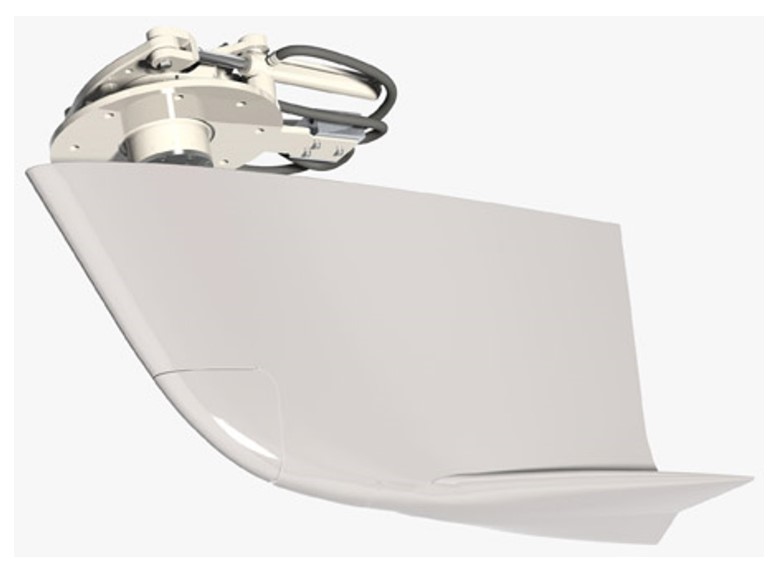
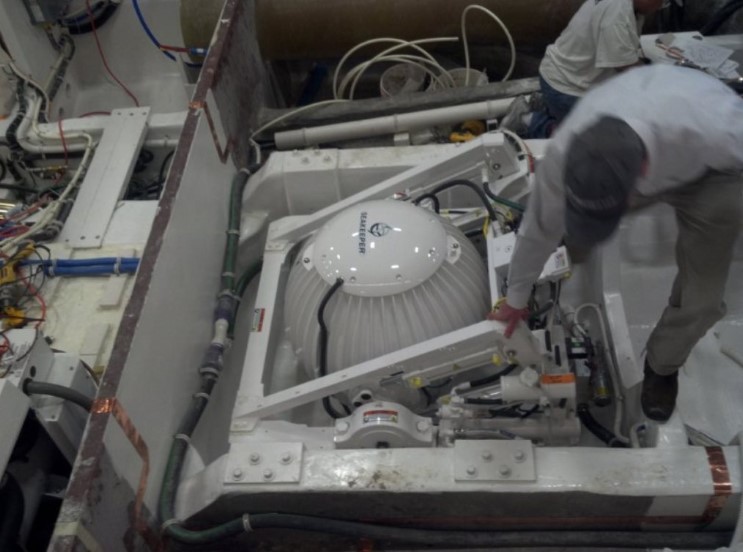
Accident Report
My research led me to a marine accident report from a few years back where a small coastal ship had capsized in bad weather. As reported, the ship had been running in following seas that were not too severe and that should have been well within the seaworthiness of the ship to cope with. Research into the capsize and the design of the ship showed that it had reduced stability anyway because of the way it was loaded, but this on its own was not dangerous. The ship had been running in following seas where the waves were overtaking the ship, but the wave speed was only a little more than the speed of the ship.
Loss of Stability
The research revealed the little known fact that when a ship is supported around its mid-point by a wave as it passes under the ship and the bow and stern clear or nearly clear of the water and are unsupported, then the stability of the ship can be reduced by a half or even more. For that ship then it was found that its stability was quite precarious, so when it was on the crest of a wave the righting lever to keep the ship upright was virtually zero and the ship capsized.
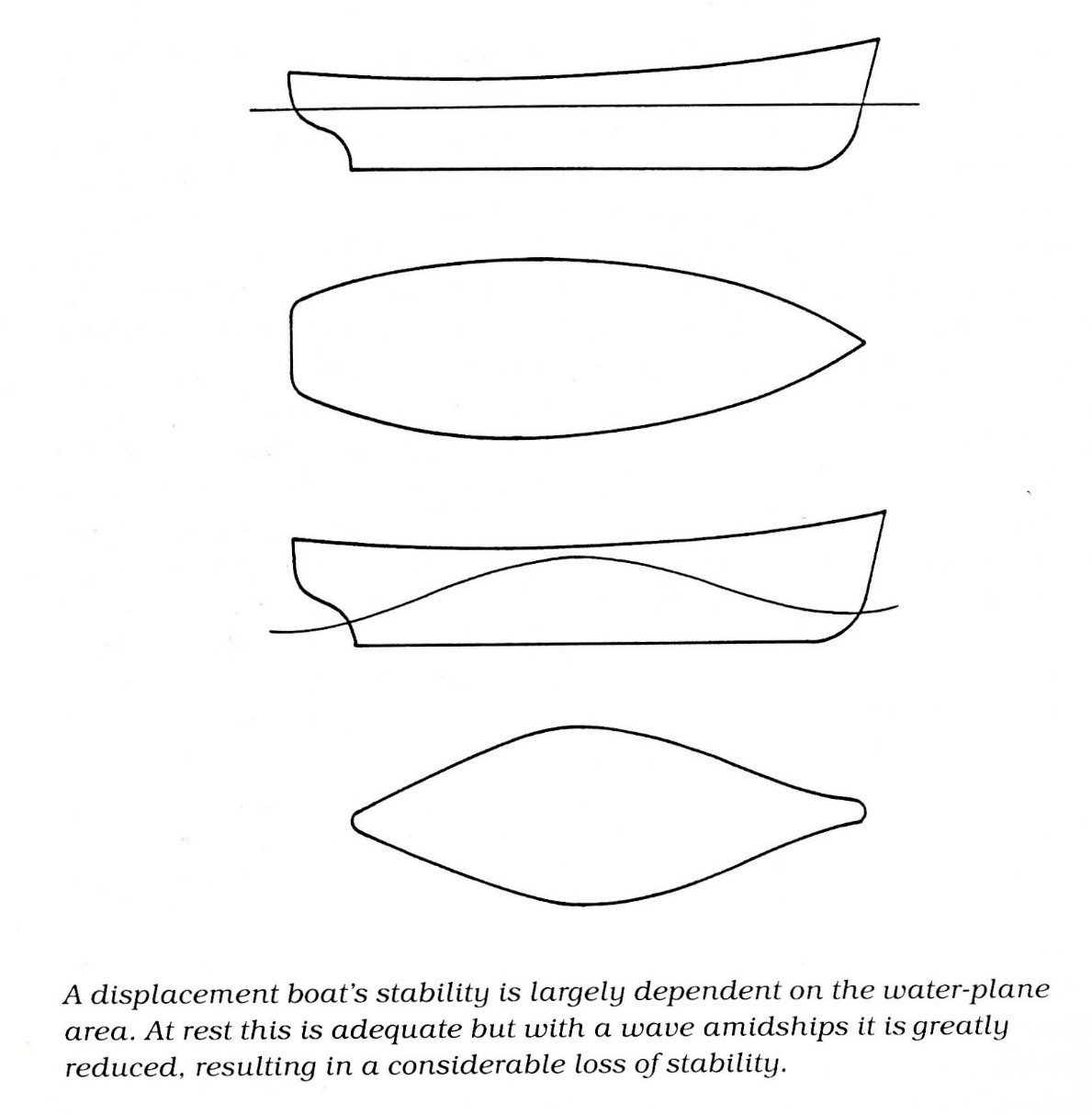
You can also get this same loss of stability when heading into the waves when the vessel is riding on the crest of the wave but then the time you actually spend on the crest of the wave is very short and the wave passes quickly under the vessel with the ends of the vessel only being left unsupported for a very short time.
This means that the loss of stability when the vessel is supported just amidships is very transient and so there is no problem with stability quickly returning. In a following sea you could spend several seconds balanced on the crest as the wave passes slowly underneath you and then the rolling can start because of the reduced stability.
Speed Matters
Consider then the situation when you are running in a following sea. In most cases the waves will come up astern and go past you, but a lot depends on both your speed and the speed of the waves. It is the relative speed of the boat and the waves that are important and if you are running at displacement speeds of say around 7 or 8 knots then the waves will almost certainly be overtaking your boat in reasonably rapid succession when you are in rough seas.

Wave speed can vary quite considerably. The larger the wave the faster it will travel and the wave size will depend to quite an extent on the strength of the wind but in most cases there should be little chance of the boat remaining poised on the crest of a wave for any length of time, if it is a planing boat. However, if you are in a displacement boat and the wave speed is about 10 to 12 knots then you start to enter the danger area as the boat spends more of its time balanced on the crest.
Large Waves are Faster
As we have said, the speed of waves is usually determined by their size and the larger the wave the faster it travels. So, in big seas when the wind is blowing at say 25-35 knots, with a long fetch, then you could get waves that are as much as 8’ (2.4 m) high, certainly high enough for the boat to be balanced on the crest with its ends unsupported.
Such waves are likely to be traveling at around 12 knots or more and in storm type seas, high waves could reach 25 knots in speed. For a displacement boat it is those waves that are running at around 12 knots which might equate to waves of perhaps up to 8’ (2.4 m) high. Then your boat could end up perched on the wave crest for quite a few moments, reducing the stability and starting the boat rolling.
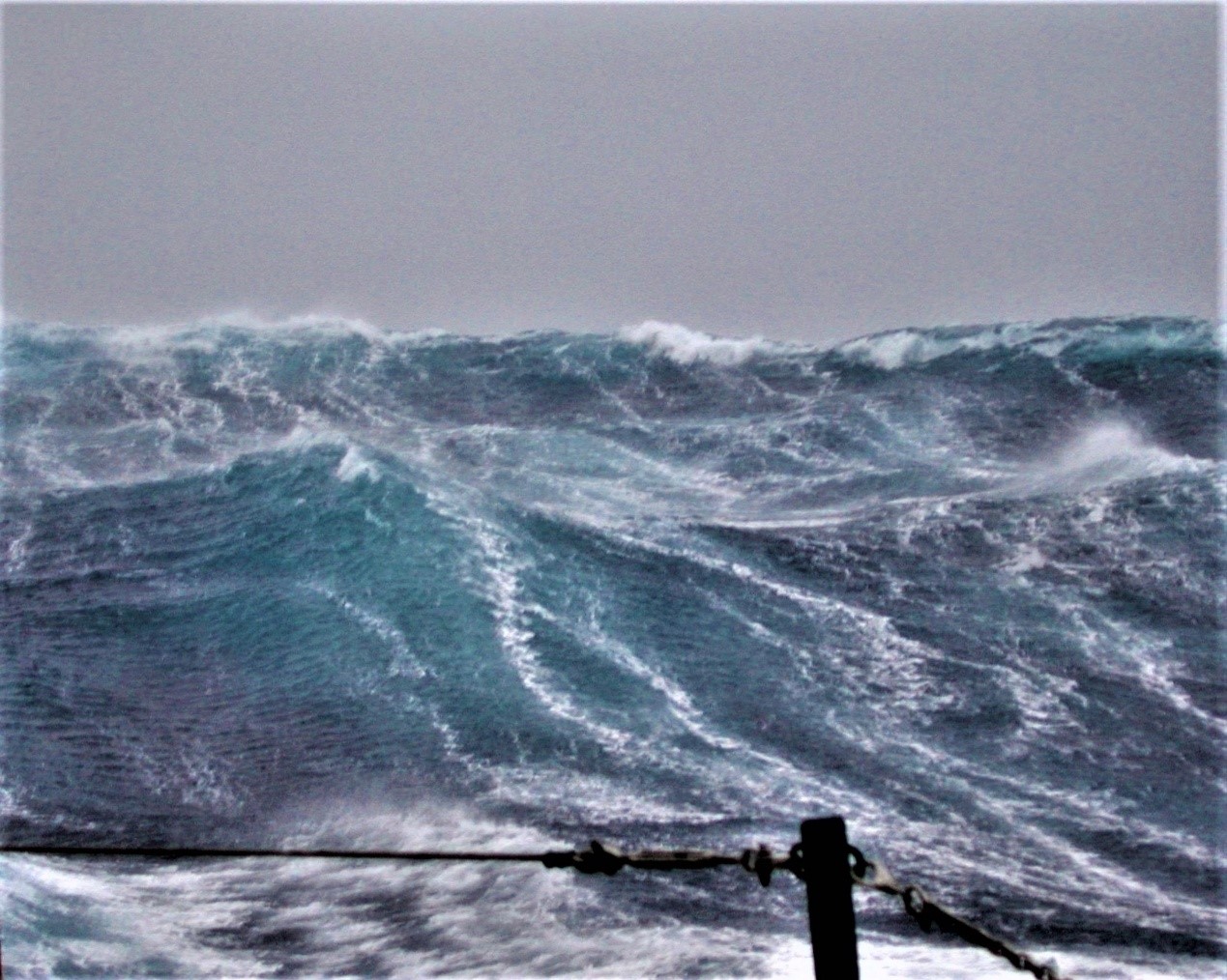
Inlet Waves
One area where you might have concern about the stability in following seas in when running an inlet. Here you are likely to have the seas coming from behind and the problems start when the waves hit the shallow water on the bar. This slows the waves down which is what makes them steeper and liable to break but it could also mean that the wave speed and the boat speed could be close and that is where trouble can start.

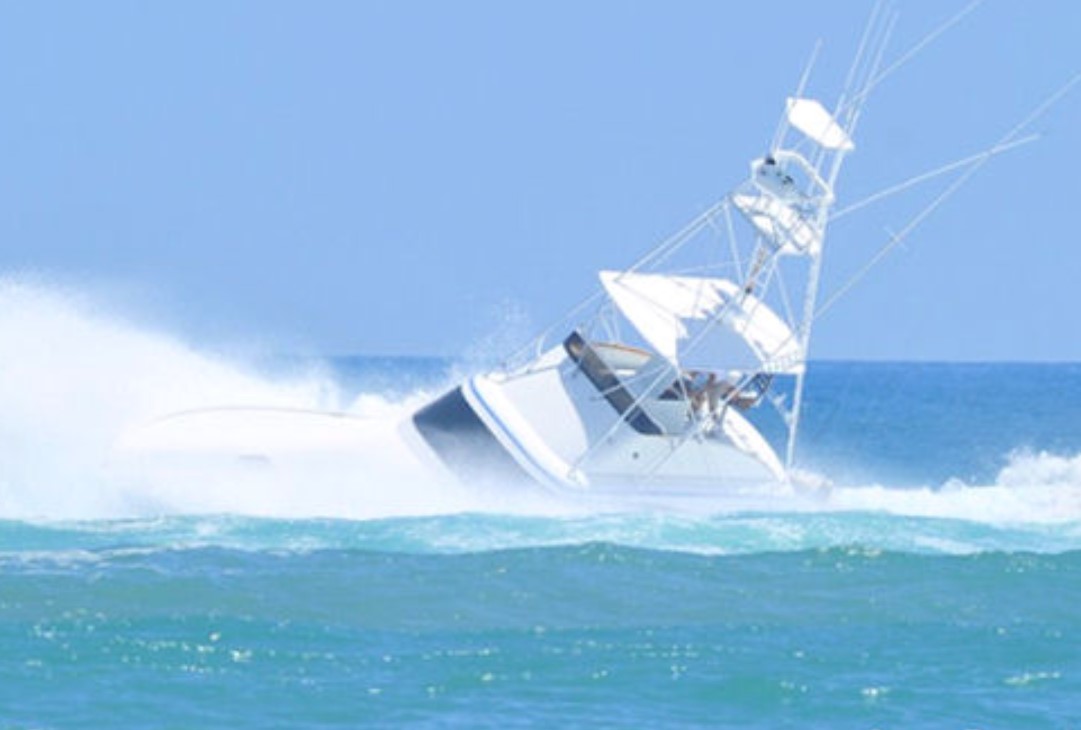
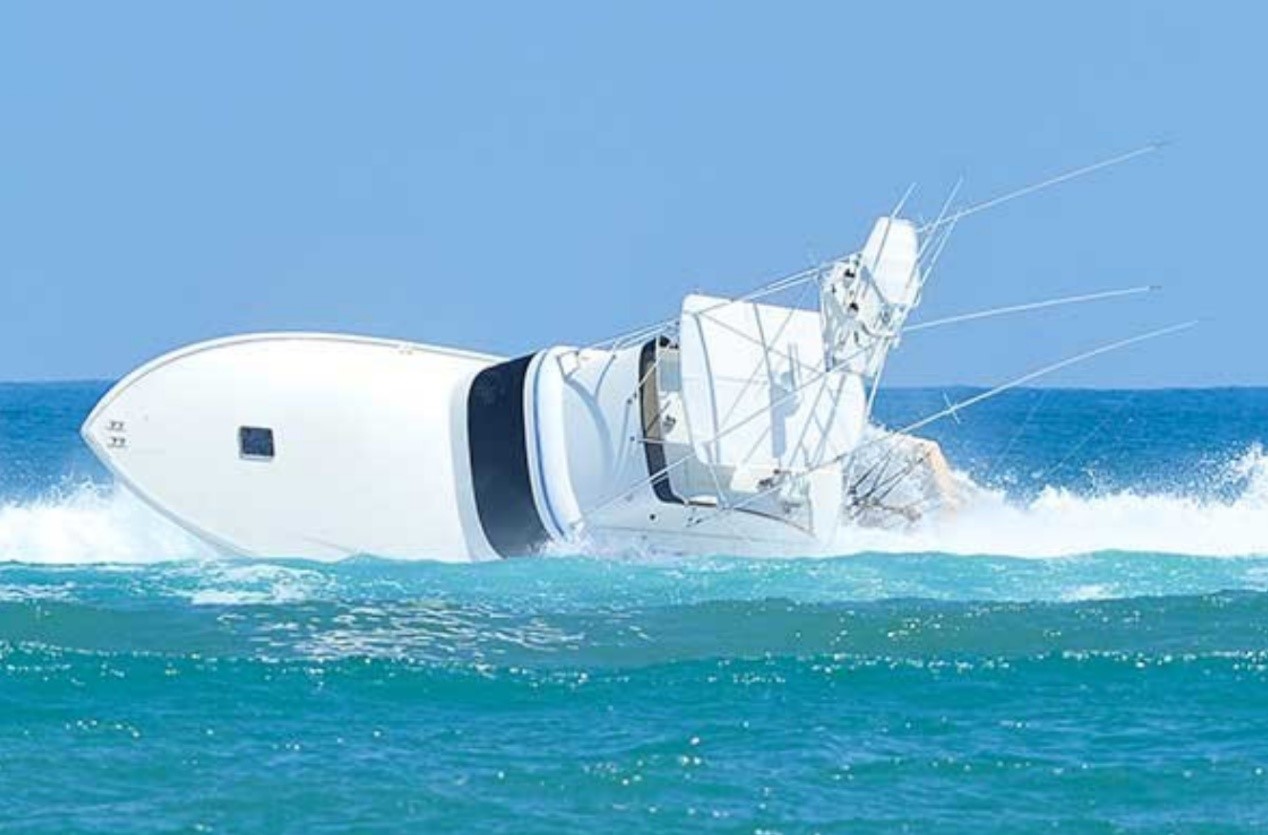
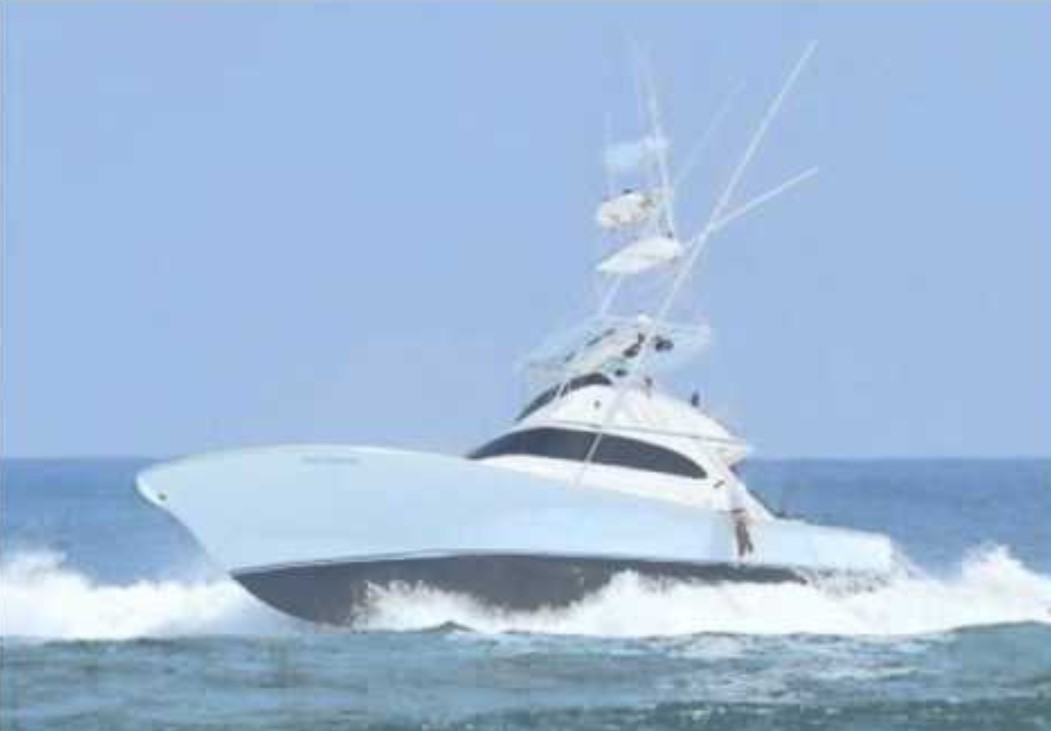
The loss of stability that this can cause combined with the increased risk of broaching means that your boat is at its most unstable point just when you need stability. Increasing speed if you can is probably the best solution, short of waiting for the conditions to change. Slowing down could increase the stability but will reduce the effectiveness of the steering and make you more liable to broaching -- a tough choice.
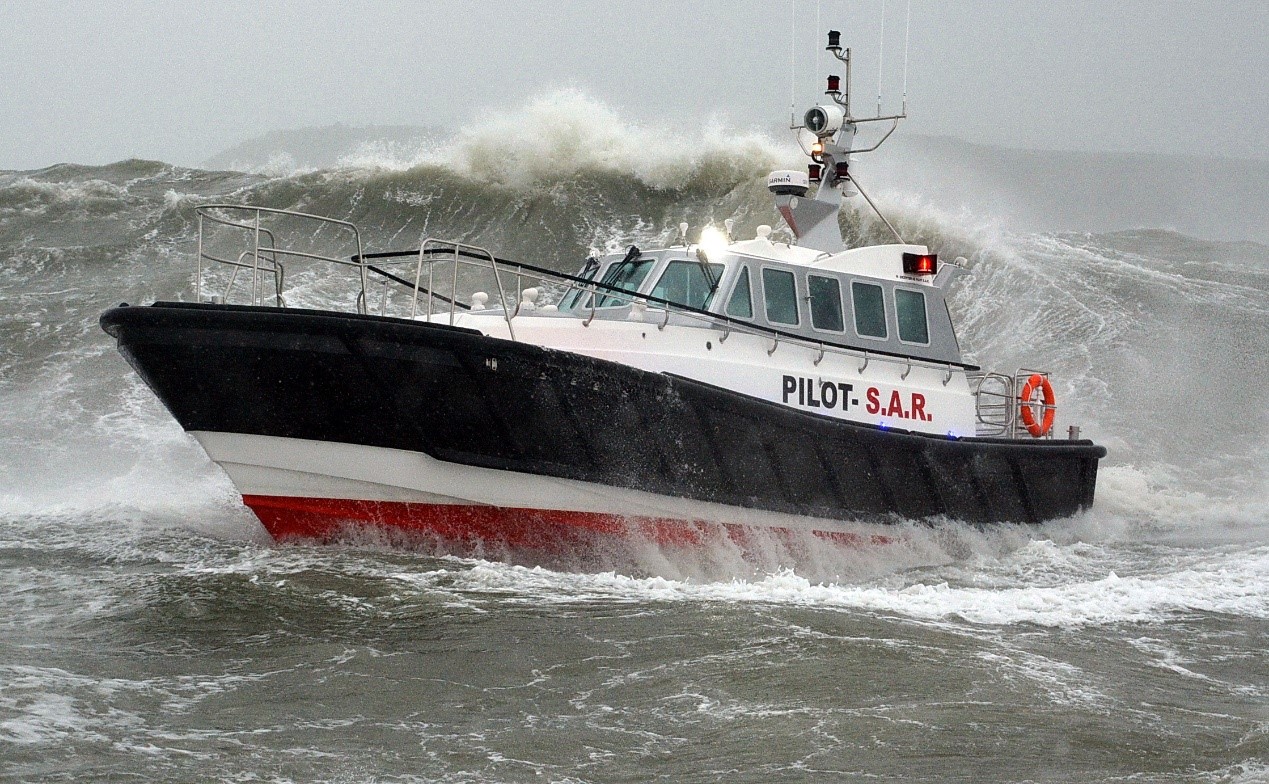
Adjusting Speed
Most passage makers are pretty stable. The possibly halving the stability when on the crest of a wave should not be a major problem except for the uncomfortable rolling which can be quite vicious. If you feel unhappy with the stability which will be revealed by a sluggish type of rolling then there is a simple solution: change your speed in relation to the waves.
You may only be able to increase your speed marginally if your boat is a displacement hull with a maximum of say 10 knots but there is always the potential to reduce it. You may be comfortable with the rolling that is taking place but if it starts to feel extreme and the boat is slow to return to the upright then I suggest you do something about it right away.
Not Always a Concern
Stability is not something that you would normally worry about in a pleasure boat. You assume that the designers have got their sums right and that your boat is stable with good margins for changes in the levels of fuel and water and the number of people on board. Most seagoing boats feel stable when you step on board and do not heel to any degree when you move to one side.

Summary
The stability of the boat is largely dependent on the horizontal area of the waterplane. If you take away the area at the ends of the boat, then the stability is reduced. This means that sitting on the crest of a wave for any length of time can change all those clever calculations and produce a considerable reduction in the stability, which should act as a warning signal that it is time to change the speed. Changing course is not a good option as that effectively increases the length of the wave, which could make things worse.